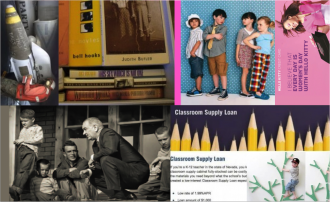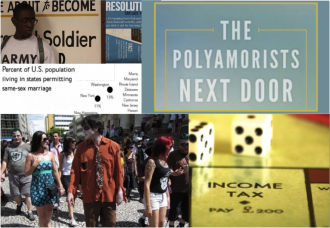“Great Books in Sociology” is a new course I’ve proposed for our graduate curriculum here at Minnesota. I’m not sure I’ll get to teach it or not, but I’m having lots of fun thinking of the books I might include. Here’s my initial list.
1. The Protestant Ethic and the Spirit of Capitalism (Max Weber)
2. Black Reconstruction (W.E.B. DuBois)
3. Stigma (Erving Goffman)
4. The Managed Heart (Arlie Hochschild)
5. The Culture of Public Problems (Joe Gusfield)
6. Weight of the World (Pierre Bourdieu)
7. Sidewalk (Mitch Duneier)
8. Ghostly Matters (Avery Gordon)
9. Religion in Human Evolution (Robert Bellah)
Reactions? Thoughts? Anything obvious I’ve missed? The main criteria or principles I’ve been using so far are: it has to be a real book not a collection; the author has to be a sociologist; and it has to be a work that is actually worth reading, not just something that you should read or that represents some larger point or principle.
Also, if it is not obvious: I’m trying to think of the list as a whole set as well. My larger idea and goal is that this kind of list/course should help us not only think more about book-length writing and research projects, but also about what sociology itself is as an intellectual tradition and scholarly pursuit. Anyway, comments and suggestions–for books, authors, or topics–appreciated. This should be fun.

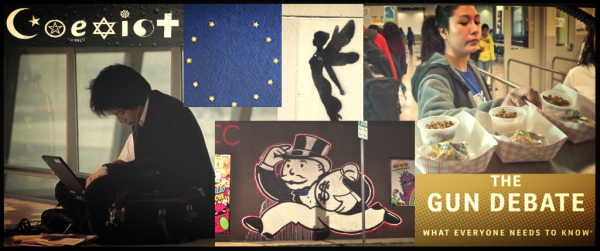
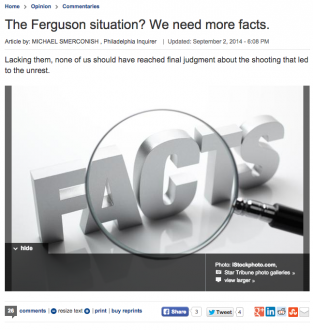


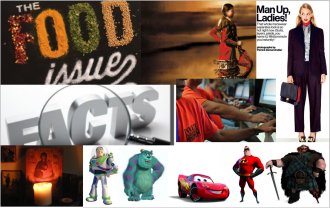 Oh hi. Between the start of the semester, sickness, and the mustering of a new grad board, the poor Roundup has gone un-rounded! Time to remedy that, with a Roundup of epic scale. There’s something for everyone, so let that sociological imagination run wild! And don’t forget, if you’re an educator or a student, to let us know how you’re using TSP in your classrooms. It always helps us find new directions!
Oh hi. Between the start of the semester, sickness, and the mustering of a new grad board, the poor Roundup has gone un-rounded! Time to remedy that, with a Roundup of epic scale. There’s something for everyone, so let that sociological imagination run wild! And don’t forget, if you’re an educator or a student, to let us know how you’re using TSP in your classrooms. It always helps us find new directions!